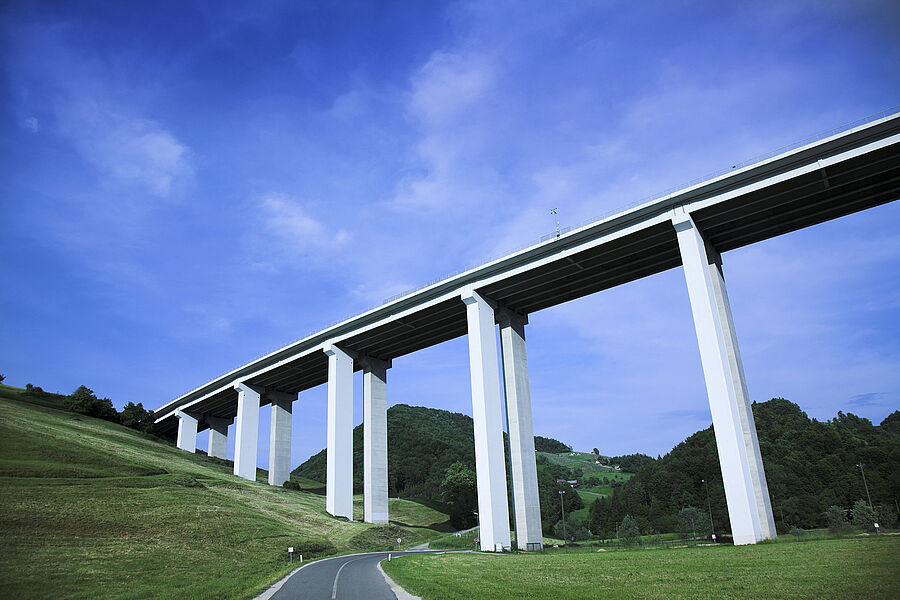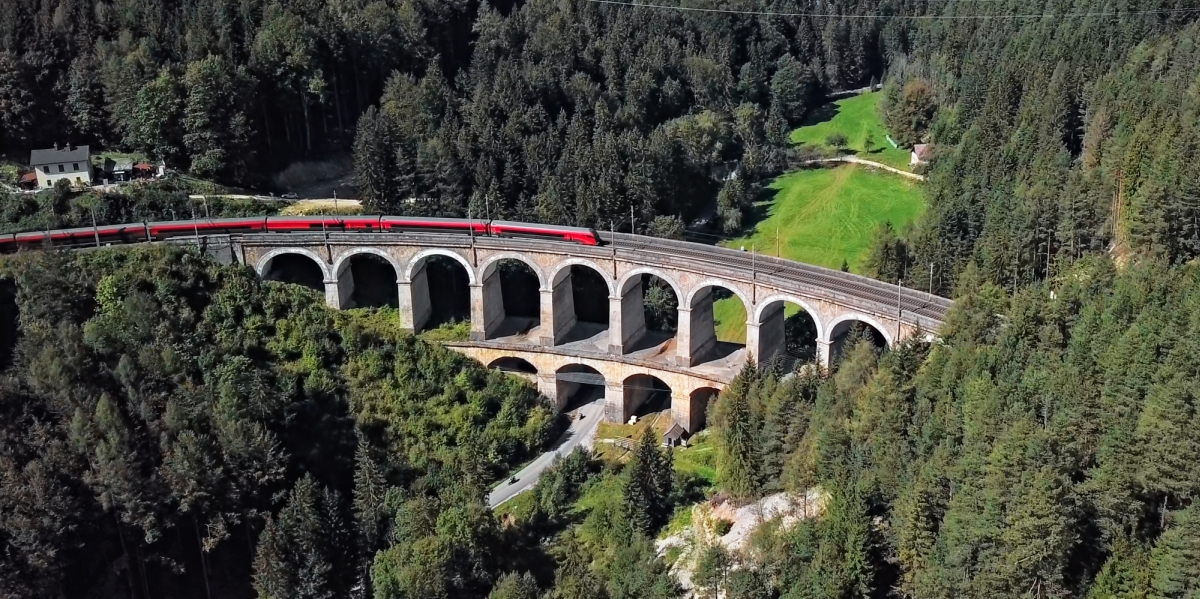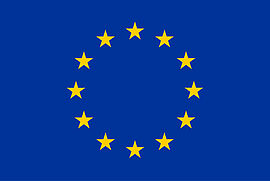Measuring and monitoring devices for railway assets
The project Assets4Rail started in December 2018 and is led by EURECAT and ZAG. The project goal is to improve the inspection, maintenance and upgrading methods for cost reduction and quality improvement of railway bridges and tunnels, as well as to reduce the bridge noise. The project will foster a common measuring and monitoring data representation layer suitable to elaborate data coming from all source segments (onboard, wayside and remote), to correlate the different data and to obtain a holistic view of the railway system conditions.
In particular, the project will address the following aims:
- Railway tunnel examination technologies for subsurface defect detection
- Non-traffic disturbing methods for cleaning long tunnel drainage pipes
- Contactless measurement technology to detect and monitor noise emissions
- Bridge and tunnel information modelling systems
- Fatigue algorithms for bridge information model module
- Train monitoring solutions
- Measurement of the transversal position of the wheel in relation to the rail
- Fail-safe systems: new diagnostic data collection solutions (HD and SW) designed to achieve seamless safety approval prior to implementation in the field
AIT will develop a robust tool for evaluation of fatigue consumption of infrastructure components, with focus on bridges. The robustness aim is defined by the ability to utilize all typical input data types provided by traffic management and structural monitoring systems, handling different situations of data availability. In the process, different data sources such as traffic management data, onboard data, structural monitoring (influence lines, BWIM) will be merged. Further, AIT will investigate methods for bridge noise monitoring using contactless vibration measurements and estimate bridge noise reduction due to instalment of different rail pads.






